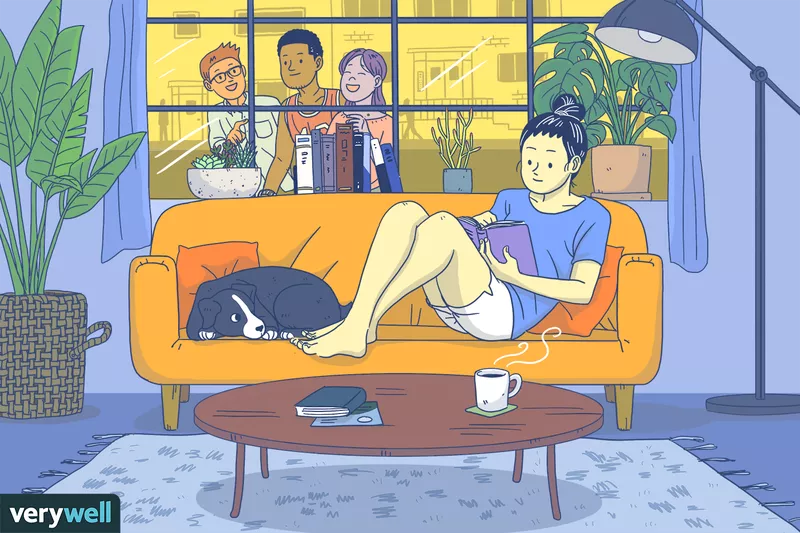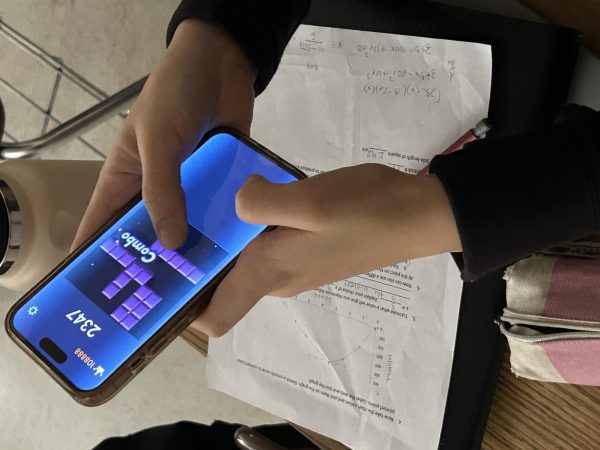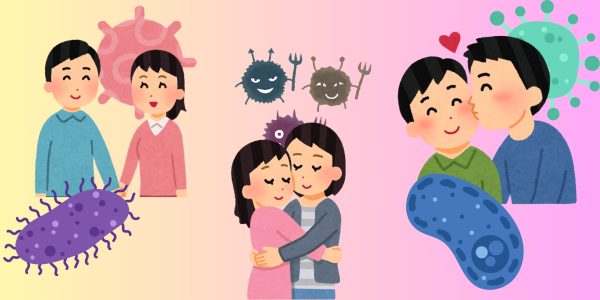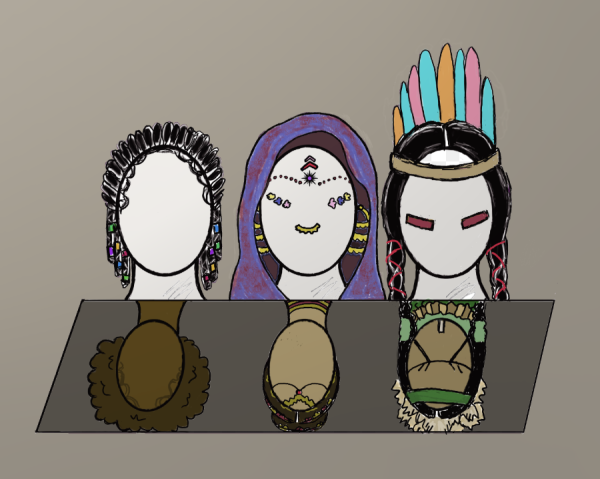Introversion vs. extroversion: how these psychological principles affect daily life
Introversion and extroversion are two psychological principles that describe how people act in certain situations. Knowledge of these personalities can be used to help people understand themselves and others.
Some may have only heard about extroversion and introversion in passing as a quirky conversation starter or some middle schooler’s brief obsession, but it is much more than that. It is a way to know oneself and the people around them — a tool for personal and interpersonal growth.
Sometimes with extroversion and introversion, one size often does not fit all — there really is only a general, broad definition in which each individual has to determine where they fit.
“When I think of introversion, I feel more of like anxiety over things that haven’t happened that you think will happen which stops you from actually acting on things, whereas extroversion is where you want to act on things,” Jake Baxter (11) said. “Extroverts like to express themselves outwardly to other people because that’s how they live their lives rather than being content with themselves alone.”
Neither end of the spectrum is perfectly positive or negative: it takes a blend of both extroverts and introverts to create a holistic environment. For introverts, many remark that while they may experience more difficulties in becoming acquainted with new people, the friendships they make become even more important to them.
“[As an introvert], once I make a friend, they’re going to be a really close friend,” Mikey Graves (10) said. “It definitely gives me a closer friend group … because I know I can be around them and that they will tolerate me for who I am.”
Extroverts, however, often have an easier time forming connections with others quickly. They become tired much less quickly when interacting with others, so much less that they seem to be constantly communicating with others.
“I won’t really dread going to school because it’s not really draining for me to talk to people,” Mollie Coates (9) said. “I’ll talk to my friends, talk to others [and] talk to my teachers, and then I go home and start texting my friends and start texting others because I can just do it all the time.”
Some may feel that neither introversion nor extroversion completely fits how they feel, and while there may never be a perfect fit, some who feel more as though they are in between being an introvert and an extrovert may consider themselves to be an ambivert.
“[As an ambivert], it can be one or the other, and … I can’t really control it,” Baxter said. “At times I talk too much, and I notice it, and I try my best to calm down and let other people have a word in every now and then, or if I’m introverted, then I try to step out of my comfort zone and talk to people.”
Whether an introvert, extrovert or something in between, many remark that after learning their personality type, they use that knowledge to grow and become better people.
“Since I know I’m an introvert, I know I’m going to have to go a little out of my comfort zone at times to meet new people,” Graves said. “It’s just really given me knowledge of when I should use my social battery and … what my days after using it will look like and how to combat that and generally just improving my ability to talk to people.”
As it becomes easier to be swept by others’ opinions and the torrent of fast-paced information overflowing from social media, it is even more imperative to know oneself and the people that are easy to get along with. Introversion and extroversion are just one of many tools that can be used to achieve this, but overall, distinguishing your personality type highlights the importance of the road to self-discovery.
“If you know yourself, then you can kind of see yourself in others, and you can try to talk to people that are like you, and then you find your people,” Coates said.
Your donation will support the student journalists of White Station High School. Your contribution will allow us to purchase equipment and cover our annual website hosting costs.








































